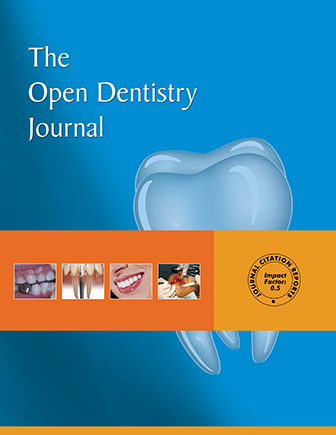Retained Primary Molars and Related Reasons in Umm Al-Qura University, Makkah: A Retrospective Study
Abstract
Background:
Retention of primary molars beyond the expected time of exfoliation is uncommon; this condition is known as persistence. A retained primary tooth, with the crown in good condition, roots, and supporting alveolar bone can serve adults for many years.
Objective:
To determine the prevalence of retained primary molars and investigate the reasons for their persistence in Umm Al-Qura University.
Methods:
Overall, 500 extra-oral panoramic radiographs were assessed to investigate whether primary molars persisted beyond the expected exfoliation period. Dental records were also reviewed to investigate the possible reasons for persistence. The collected data were tabulated and statistically analyzed, with P < .05 considered significant.
Results:
Seventy-six retained primary molars were identified (39 in females and 37 in males) in 500 panoramic radiographs (from 260 females and 240 males). Agenesis of the permanent successor tooth was the most frequently encountered reason for the retention of primary molars (19%). The second most frequent reason was ectopic deviation of the path of eruption of the successor (11%). The third most common reason was impaction of the successor (10%).
Conclusion:
The incidence of retained primary molars in the investigated population was 15.2%. The most common reason for the persistence of primary molars was agenesis of the permanent successor, followed by ectopic eruption and impaction of the successor teeth. These data highlight the need for education and awareness of dentists and patients to preserve the primary tooth when there is no permanent successor present and support an appropriate treatment plan for each case.


